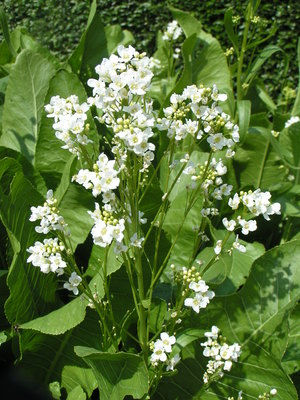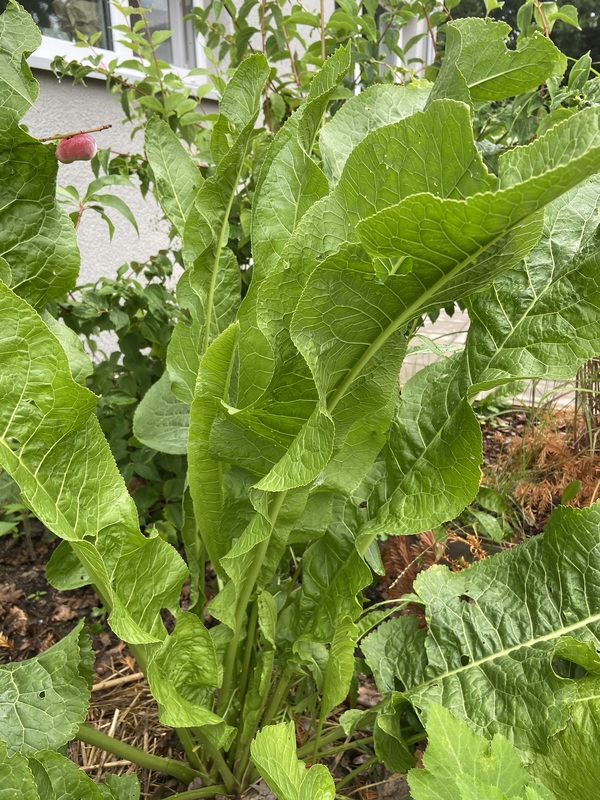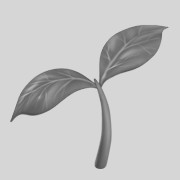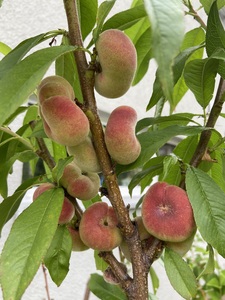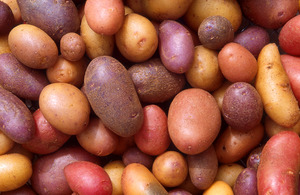Description
Horseradish (Armoracia rusticana) is a perennial plant native to southeastern Europe and western Asia. It is a member of the Brassicaceae family, which includes other plants such as mustard and cabbage. The plant has large, dark green leaves and a white, elongated root. It grows to about 1-1.5 meters tall and has small white flowers that bloom in the spring.
Horseradish is often grown for its large, white, pungent root, which is used as a condiment. The root can grow quite large and can be up to 1.5 meters in length. It is typically harvested in the fall, after the plant has been growing for at least two years.
Horseradish prefers well-draining soil and full sun, and can be grown successfully in a wide range of climates. To cultivate horseradish, a grower can plant the root in the spring and keep the soil consistently moist. Once the plant is established, it can be harvested by carefully digging up the root and removing the leaves.
The root of the horseradish plant is edible and is typically grated and used as a condiment. It has a strong, pungent flavor that is often used to add a spicy kick to dishes. The root can be stored in the refrigerator for several weeks, or it can be preserved by pickling or canning.
Horseradish has a number of uses beyond its use as a condiment. It is sometimes used medicinally to treat respiratory conditions, and the leaves can be used as a natural insect repellent. The plant can also be used as a natural fertilizer or as a natural deterrent to pests. It is not known to be particularly valuable to wildlife.
Propagation
While it is possible to grow from seed, the way more easy method is division. Divison can be done all year but best in spring.
